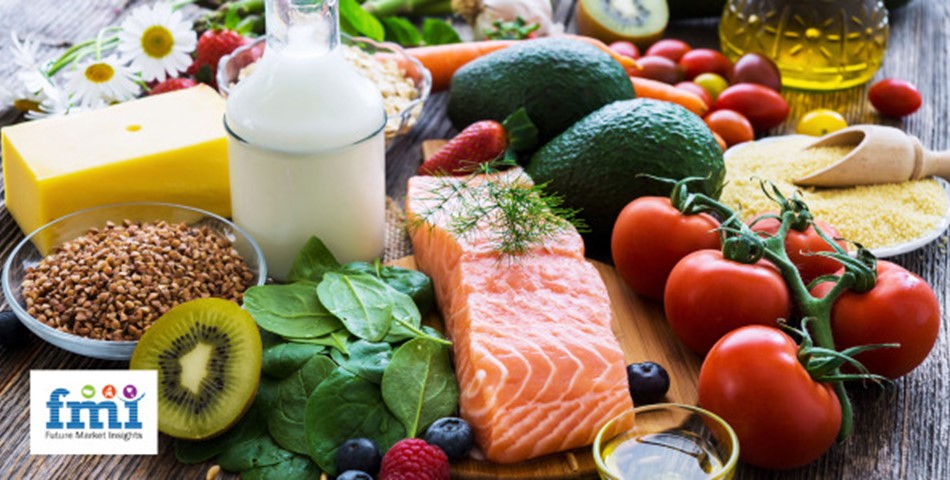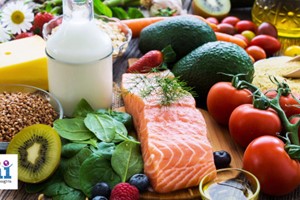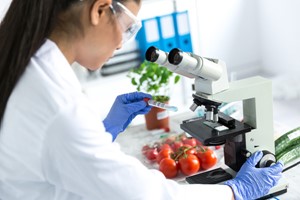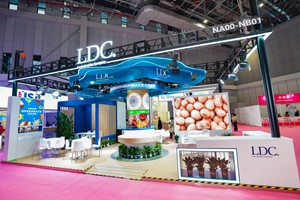Major players in the food acidulants market are ADM, Bartek Ingredients, Caremoli, Cargill, Hawkins Watts, Corbion, FBC Industries, Dairy Chem, Jungbunzlauer Suisse AG, Parry Enterprises India Limited, Purac biochem BV, Suntran Industrial Group Ltd.
The global food acidulants market is expected to grow from $4.86 billion in 2021 to $5.44 billion in 2022 at a compound annual growth rate (CAGR) of 11.8%. The growth is mainly due to the companies resuming their operations and adapting to the new normal while recovering from the COVID-19 impact, which had earlier led to restrictive containment measures involving social distancing, remote working, and the closure of commercial activities that resulted in operational challenges. The market is expected to reach $7.29 billion in 2026 at a CAGR of 7.6%.
The food preservatives market consists of sales of food preservative products by entities (organization, partnership, sole traders) that are used to preserve food from any kind of spoilage and bacterial impact. Food preservatives are chemicals or natural ingredients including salt, vinegar, sugar, sorbates, nitrites, and others that are added to the food to prevent decomposition of microbial growth. Food preservatives can be toxic and non-toxic depending on the degree of toxicity they exert on food and are used in different food processing levels.
The main types of food preservatives are synthetic and natural. Synthetic preservatives are chemical substances that get added to food during the manufacturing process and are used in food and wine to preserve their nutrients, taste, and appearances. The different functional types include anti-microbial, antioxidant, chelating agents, enzyme attackers and are used in beverages, oils and fats, bakery, dairy and frozen products, snacks, meat, poultry, confectionery, others.
In addition, these additives can preserve food while acting as a gelling agent.
The main types of acids in food acidulants are citric acid, lactic acid, acetic acid, phosphoric acid, malic acid, and others. Citric acid is an organic acid, that occurs naturally in many fruits, produced commercially by microbial fermentation of carbohydrate substrates.
Citric acid has solubility, very low toxicity, chelating ability, and pleasantly sour taste. The different forms include solid, liquid, and are used in dairy and frozen products, bakery, meat industry, beverages, confectionery, and others.
Increasing consumption of processed meat is expected to propel the growth of the food acidulants market going forward. Any meat that has been altered to increase its flavor or prolong its shelf life is considered processed meat.
Food acidulants are used to increase the shelf life of processed meat, poultry, and fish products, as well as to inhibit the growth of disease-causing bacteria, improve flavor, and improve binding and retention capacity. For instance, according to the Organization for Economic Co-operation and Development - Food and Agriculture Organization (OECD-FAO) Agriculture, the growth in global meat consumption is projected to increase by 12% in between 2020 to 2029.
In addition, global meat consumption is expected to reach 570 million tons by the year 2050. Therefore, the increasing consumption of processed meat is driving the growth of the food acidulant market.
The rising consumer inclination towards various juices and liquid food is projected to fuel the growth of the food acidulants market in the coming years. Food-grade acidulants are used in juices and beverages to give them a tasty twist.
Acidulants used in juices and beverages include fumaric acid, malic acid, and sugar alternatives. For example, according to the Hindustan Times, in the year 2020, 100 billion liters of liquid foods were consumed in India, less than 50% of that is packaged.
Hence, rising consumer inclination towards the various juices and liquid food is driving the growth of the food acidulants market.












